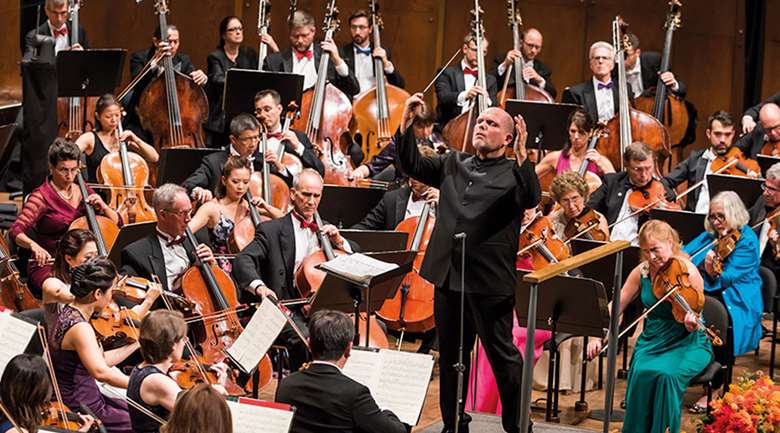Orchestra insight: New York Philharmonic
Andrew Mellor
Thursday, July 5, 2018
Our monthly series telling the story behind an orchestra

‘When you think of the New York Philharmonic you think of Leonard Bernstein.’ So said one composer recently as he was about to hear America’s oldest orchestra play a piece he’d written for them and what he perceived to be its characteristic sound. It is a sound made famous by Bernstein, music director from 1958 to 1969.
For many, Bernstein made the NYPO play the way it did and indeed does: with high precision, unusual responsiveness (for some conductors) and a heaviness that rarely cloys. But which came first: the orchestra’s sound or Bernstein’s unlocking of it?
The NYPO is older than its counterpart in Vienna. It was founded in 1842 but soon developed a penchant for charismatic music directors with celebrity appeal. Mahler, Mengelberg, Toscanini and Mitropoulos preceded Bernstein. In 1922, the orchestra began recording and broadcasting voraciously and has never stopped. The result is an archived testament to the fact that both pre- and post-Bernstein the ensemble apparently oscillated between maestros who focused on technique and those who got it to play from the heart.
History bears that theory out, repeating itself as it does so. Pierre Boulez followed Bernstein and focused on balance and precision. Lorin Maazel did the same before Alan Gilbert sought the same emotional authenticity as Bernstein – managing, according to some critics, to smoothen and civilise its sound at the same time. Right now, the Orchestra sounds astonishingly agile across the board. Its strings have a machine-like power and precision, not exactly sumptuous but with colossal impact.
Milestone recordings by Willem Mengelberg (try his 1928 Ein Heldenleben) and Dimitri Mitropoulos (likewise, his 1951 Wozzeck) suggest those qualities were flickering, albeit inconsistently, all along. Bernstein’s recordings of symphonies by Mahler and particularly Dvořák’s New World have an honesty that can hardly be faulted. But sometimes, just sometimes, the NYPO’s sonic depth and sharp technique has made it sound a little hollow.
Reporting on his experiences here-and-now, that same composer who spoke of Bernstein was surprised to meet an orchestra made up of ‘young people: very cool and very good’. But as the Philharmonic takes on a new music director (from September), making its first recordings for many years in the process, Bernstein looms large. It was he who pushed that new music director, Jaap van Zweden, into conducting.
Listen to our special NYPO playlist on Qobuz
This article originally appeared in the June 2018 issue of Gramophone. To enjoy articles like this every month, simply subscribe to Gramophone
Fact file
Founded
In 1842 as Philharmonic-Symphony Society of New York, Inc
Home
David Geffen Hall, Lincoln Center, New York City
Music Director
Jaap van Zweden (from September 2018)
Past Music Directors (selected)
Gustav Mahler (1909-11); Willem Mengelberg (1922–30), Arturo Toscanini (1928-36), John Barbirolli (1936-41), Artur Rodziński (1943–47), Dimitri Mitropoulos (1949-58), Leonard Bernstein (1958–69), Pierre Boulez (1971-77), Zubin Mehta (1978-91), Kurt Masur (1991–2002), Lorin Maazel (2002-09), Alan Gilbert (2009–2017)











